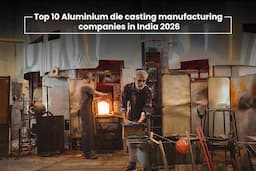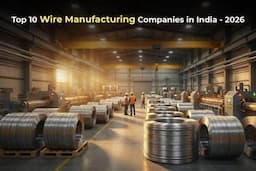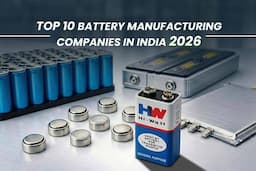India is witnessing an unprecedented push for solar energy generation. By 2030, India plans on generating 500 GW of power from renewable energy sources. Out of this, 300 GW is meant to be generated from solar energy, and by the end of February 2022, India’s total solar installed capacity stood at 50 GW. Let’s dive deep into the challenges beset India’s road to 500 GW of solar energy generation.
1. Working Capital Optimization
OEMs and suppliers need working capital to maintain just-time-deliveries. The first step is for the EPC company to create a particular purpose vehicle (SPV) with a strategic sourcing partner. The strategic sourcing partner works alongside the client to meet liquidity gaps and is adequate assurance that working capital paucity does not halt operations.
2. Capital Expenditure and Credit Support
The cost for setting up a solar energy park in India amounts to INR 3200 Cr to 3500 Cr. Capital expenditure of such large amount calls for large scale credit support. Any EPC company looking to finance infra projects must be bolstered by adequate capital flows to stay committed to a project from its inception to its culmination. EPC companies will find synergy in procurement and financing operations in a strategic sourcing partner with large capital reserves.
3. Logistics
There are far too many examples of solar energy infrastructure projects that cost inordinately more than allocated funds. The supply chains of these projects are highly mismanaged with a fragmented vendor base and without logistics route optimization that leads to delays in procurement. Power project equipment, be it solar modules or modular mounting structures, can be sourced from reliable vendors, while logistics optimization enables just-in-time deliveries.
4. Operational Rigor
Solar energy EPC companies often incur project costs and time overruns. A project can, sooner rather than later, lose its mojo to a halt because of an ever-evolving, disruptive logistical or financial environment.
A strategic sourcing partner with dual prowess in the financing and supply chain domain can steer the project towards accelerated completion and fast-paced productivity without bottlenecks in capital deployment or raw material sourcing.
5. Digital Project Management
Say, a solar power project needs to source four transformers, niche products manufactured by only a select few vendors in India. The strategic sourcing vendor will execute the task of selecting the right OEM that meets the project’s custom demands. Once the order is placed, the digital project management solution will keep the solar EPC company updated about the status of the manufacturing of the transformer, delivery timelines, design and drawing challenges, if any, faced by the supplier and financing problems.
This visibility isn’t limited to transformers alone. Many capital goods including modular mounting structures and solar modules can be monitored with ease.
Moglix and EPC Companies in India: Connected Future of the Energy Supply Chain
Moglix can help you leverage the power of cloud-based project management and inject transparency, speed, and cost-effectiveness into the energy supply chain. Our solutions, which include but are not limited to consolidating the vendors’ list, predictive course correction, and a single-interface birds’ eye view of the project, can help revamp your workflow. To know more about how Moglix can help your EPC business, visit https://business.moglix.com/blogs/manufacturing-as-a-service/




